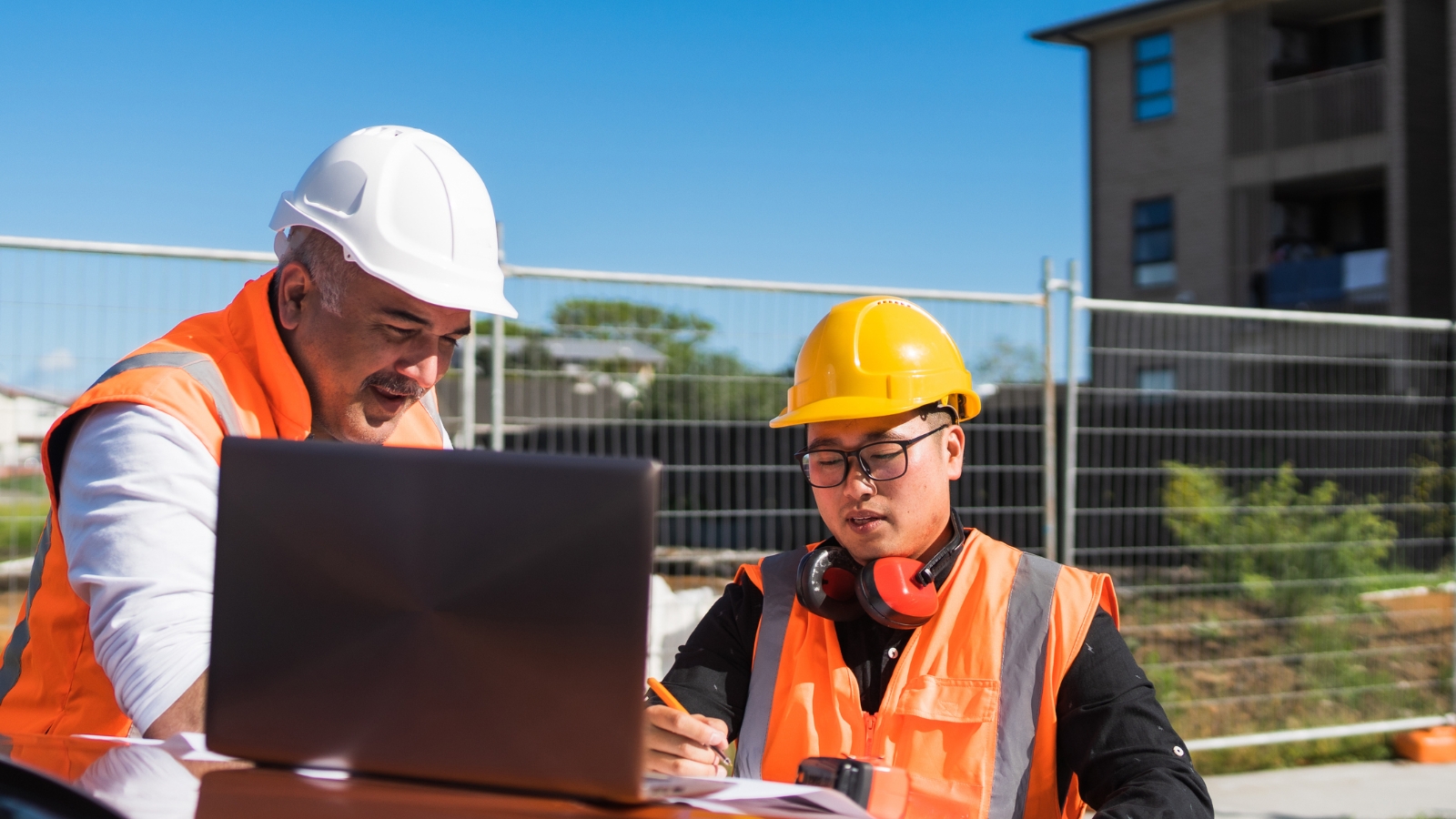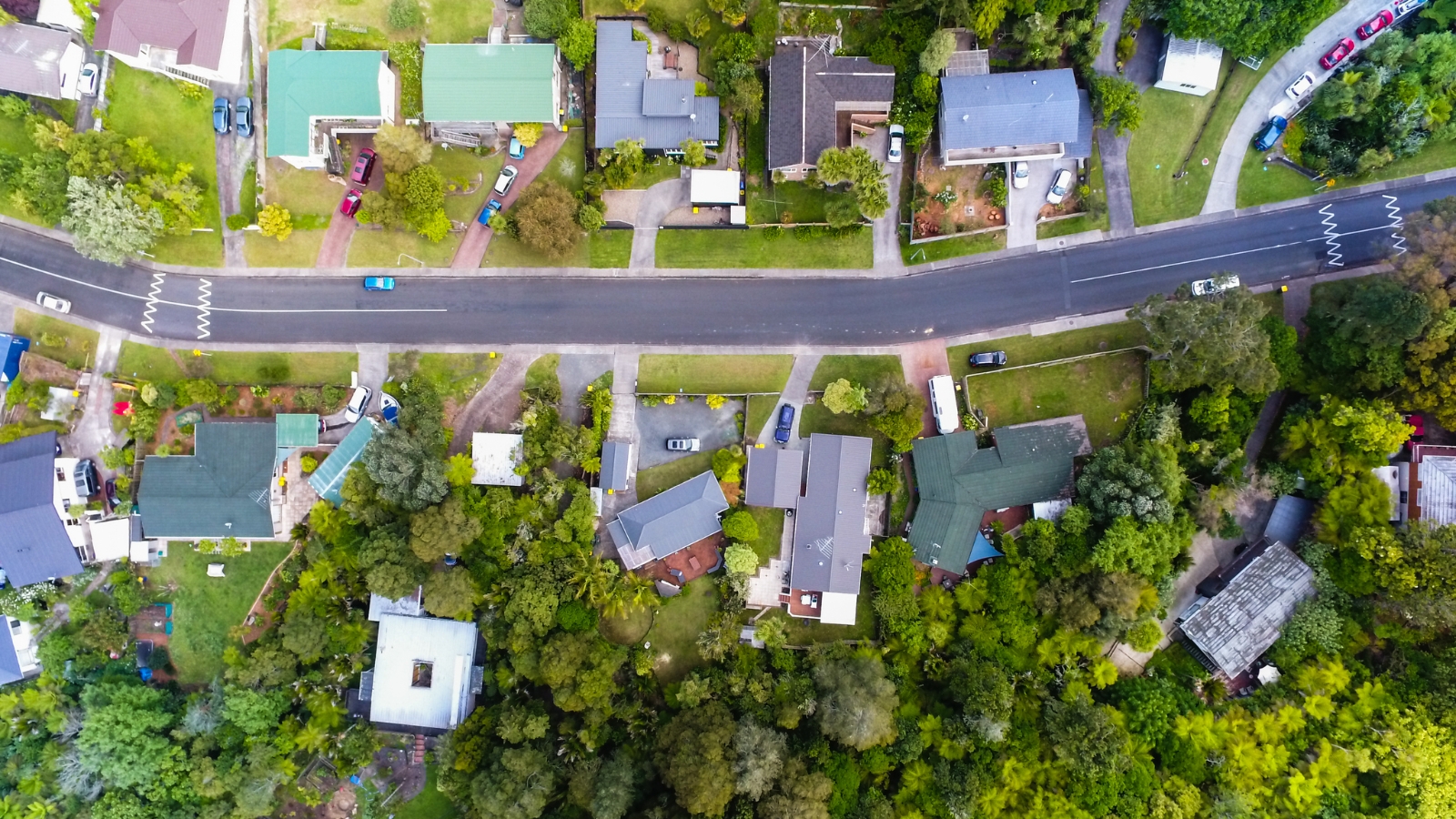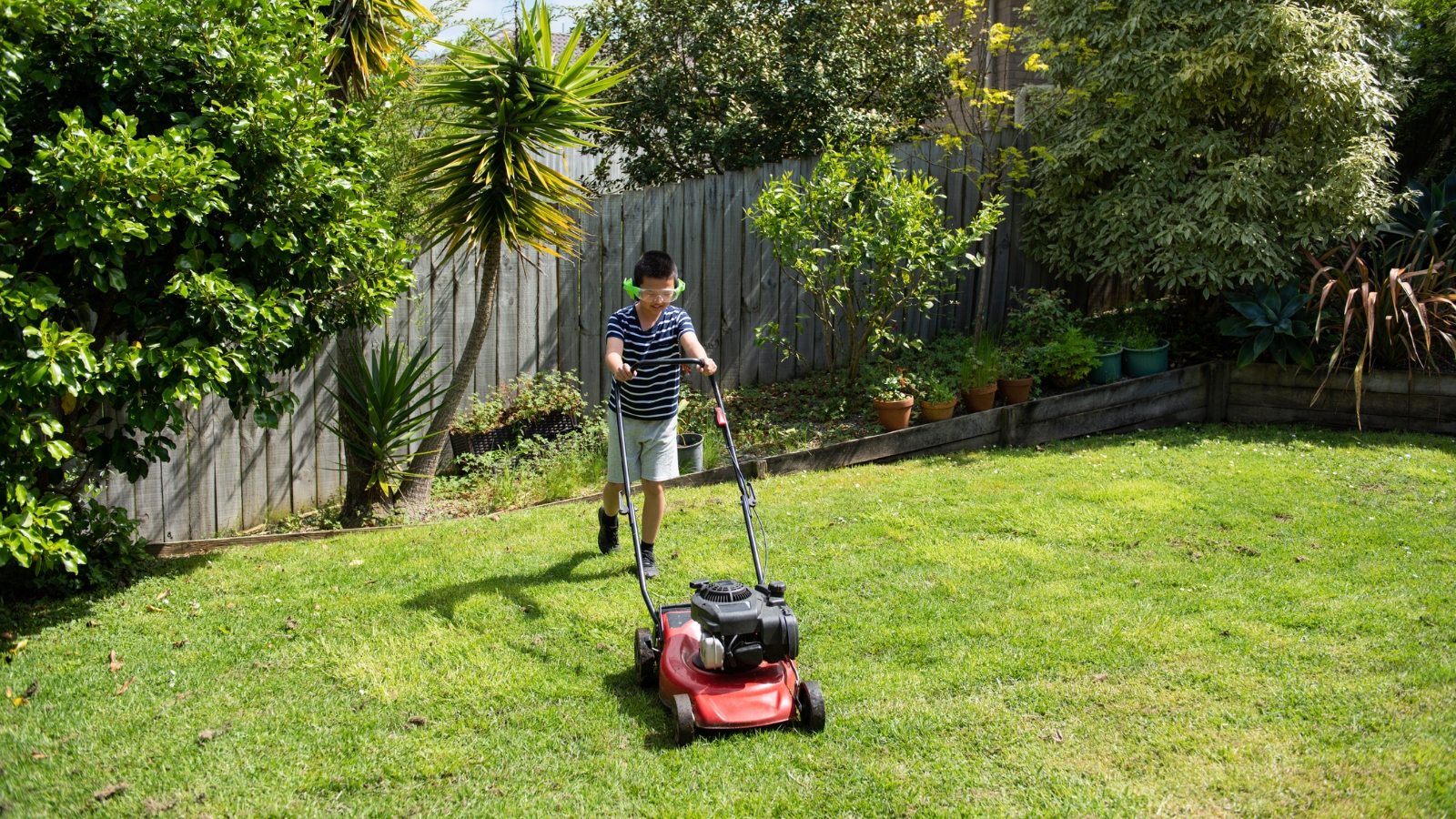Buying guide
How to subdivide property in NZ: A guide for beginners
Splitting up your land isn’t as easy as you might think

Subdivision is the process of splitting land up into smaller, individual sections. It can be lucrative if you do it right, but the process can be quite complicated, time consuming and expensive.
To help you get started, we’ve put together a beginner’s guide to subdividing land in NZ.
Why subdivide?
Subdividing is no walk in the park, so why do it? There are a few commons reasons – for example:
Cutting your large section up into smaller sections, each with an individual, saleable title. It’s fairly common for Kiwi homeowners to turn their large front or back lawns into a separate section via subdivision, to reduce their mortgage, free up some cash or set themselves up for retirement.
To redevelop an infill site by removing a larger home or homes and subdividing one lot into several then developing.
Greenfields development. A process where larger rural or undeveloped land is split into smaller residential sections. This can be a bit more complex than infill development in existing areas because you'll need planners, engineers, geotech, contamination consultants, urban designers, landscape architects and more.
Adjusting your boundaries: for example, if you were to sell part of your section to your neighbour.
Converting your cross lease property to fee simple. Cross lease properties are technically owned jointly by all land owners – converting these to fee simple or freehold requires splitting up the land.
Whatever your reason for subdividing land in NZ, it’s important to figure out exactly how much it’ll cost before you get started.
Buying a property that can be subdvided can be away to turn a profit.
How much does subdividing cost?
Subdividing can be surprisingly expensive. If you’re simply splitting one section into two and creating a new title you can expect to spend more than $100,000 to $150,000, but costs could be higher or lower depending on:
What type of subdivision you’re doing.
How many new titles you’re creating.
The requirements of your local council.
Any earthworks required.
The location of services (water, electricity etc) near the property. If services aren’t to the boundary, expect to spend more.
The cost of professional services such as surveyors and geotechnical experts in your area.
Want a bit of extra detail? Read more about the cost of subdividing your section.
How does subdivision in NZ work?
According to Armstrong Murray Lawyers, this is roughly how the subdivision process works in NZ:
To get started, you should engage a local surveyor with a good reputation and plenty of experience subdividing land. You should also talk to a lawyer in advance to make sure they’re ready when you need them.
They’ll help you prepare a subdivision plan, then draft and lodge a consent application with your local council.
If consent is given, usually it will come with conditions, such as building consent, engineering plan approval, and geotech report approval.
Meanwhile, you or your surveyor will apply for survey plan approval, otherwise known as a section 223 certificate. You’ll also need to apply for a section 224 to confirm conditions can be met.
You and your surveyor will work through the conditions together with the help of the relevant professionals. You might need to connect services to the boundary, ensure the land is safe to build on, build a driveway or provide drainage.
At this stage, you’ll need a property lawyer to give you and your surveyor a hand lodging a survey plan with Land Information New Zealand (LINZ). This will include lodgement for new titles.
Wait a wee while for LINZ to issue your new title and voila – you have a new section.
Before you get cracking with your subdivision it’s a good idea to check with your lender if you need finance for the subdivision – and to see if they need to adjust your current mortgage.
Have you got a big lawn you're sick of mowing? It may be worth investigating subdivision.
Things to think about before subdividing land
Is it worth it?
If you’re subdividing for profit, or to reduce your mortgage, it’s important to do your homework so you know it’s worth it. To make sure you know what you’re getting into it’s a good idea to get a valuer to estimate the value of your property and the new section after subdivision, as well as getting a clear quote estimating the cost to subdivide.
Do you want covenants?
If you’re selling sections off next to your property it can be a good idea to impose covenants, or rules, that restrict what owners can and can’t do on the land. For example, positive covenants may require that certain materials are used, or that a hedge is grown to protect your privacy. Restrictive covenants are the opposite – they prevent owners from doing certain things on their land, such as building two stories.
How long will it take?
Subdivisions are sometimes completed quickly within a matter of months, but they can also take several years. As a general rule, you should budget for a longer period of time, to make sure you’ve got the funds and the time to complete the subdivision.
DISCLAIMER: The information contained in this article is general in nature. While facts have been checked, the article does not constitute an advice service. The article is only intended to provide general information about subdivision in New Zealand. Nothing in this article constitutes a recommendation that any specific course of action is suitable for any specific person. We cannot assess anything about your personal circumstances, your finances, or your goals and objectives, all of which are unique to you. Before making decisions about property, we highly recommend you seek professional advice.
Author
Discover More
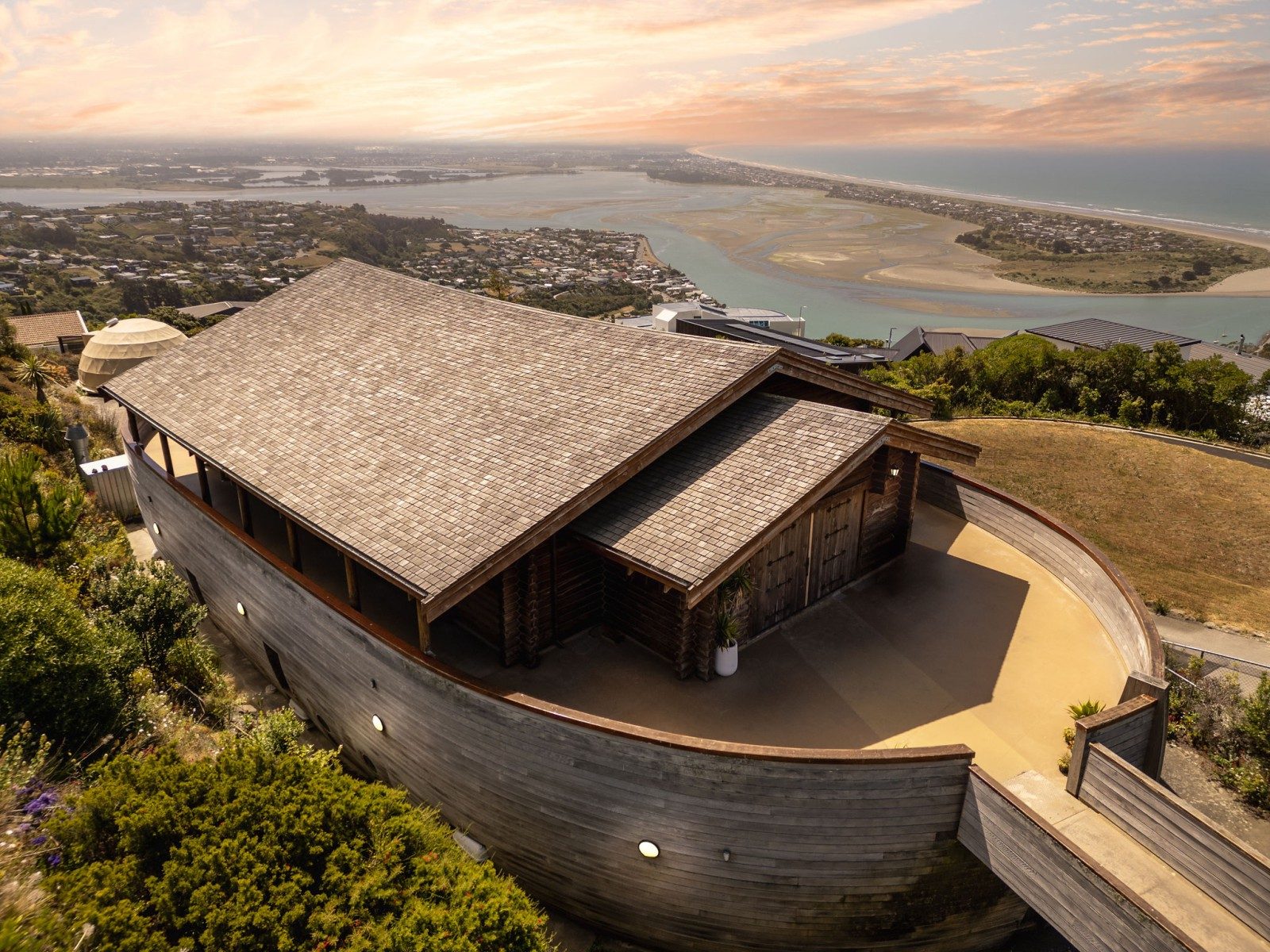
Trade Me’s most-viewed property listings of 2025 revealed: From an ark house to a golden retriever homestay
Needing inspiration? Trade Me's compiled the most popular property listings of 2025, see the homes Kiwi love to look at
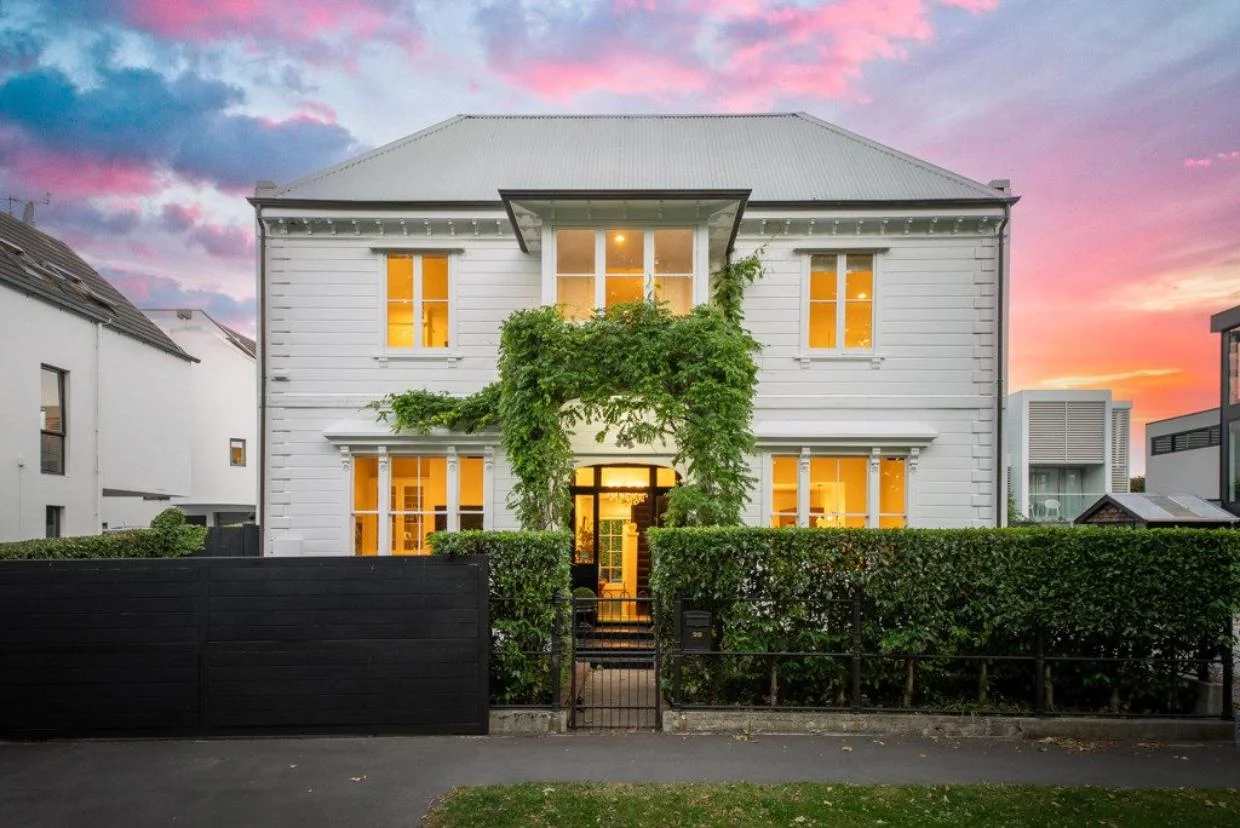
1800s landmark Christchurch house looking for new owners
A post-earthquake makeover has restored the splendour of this landmark house in Christchurch, which is for sale.
Search
Other articles you might like
